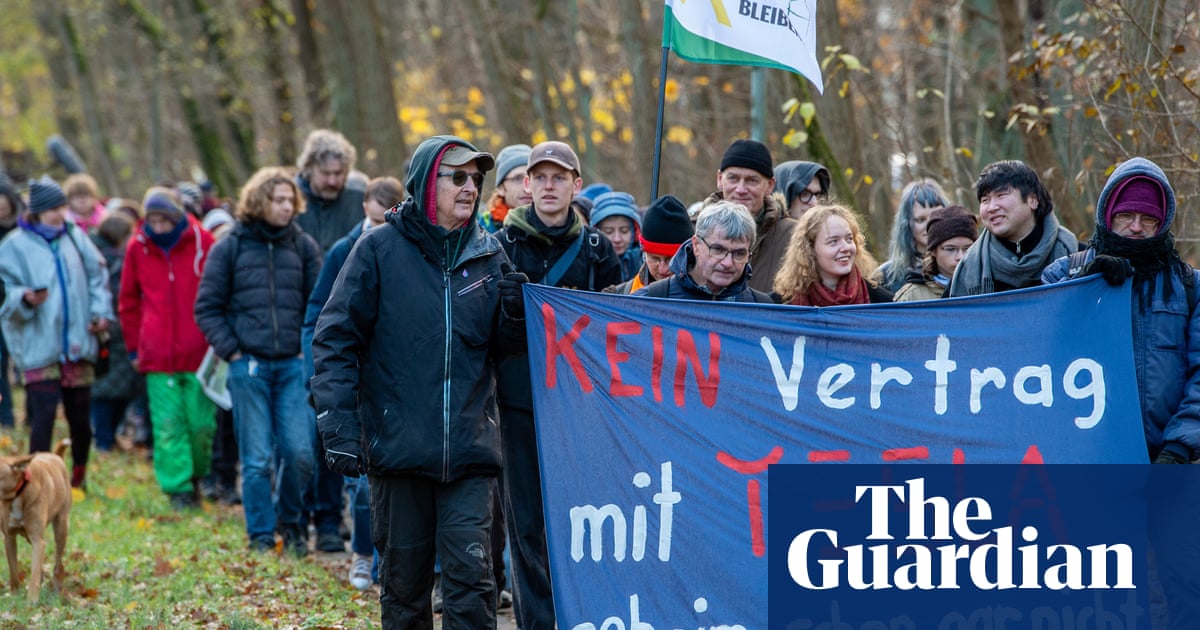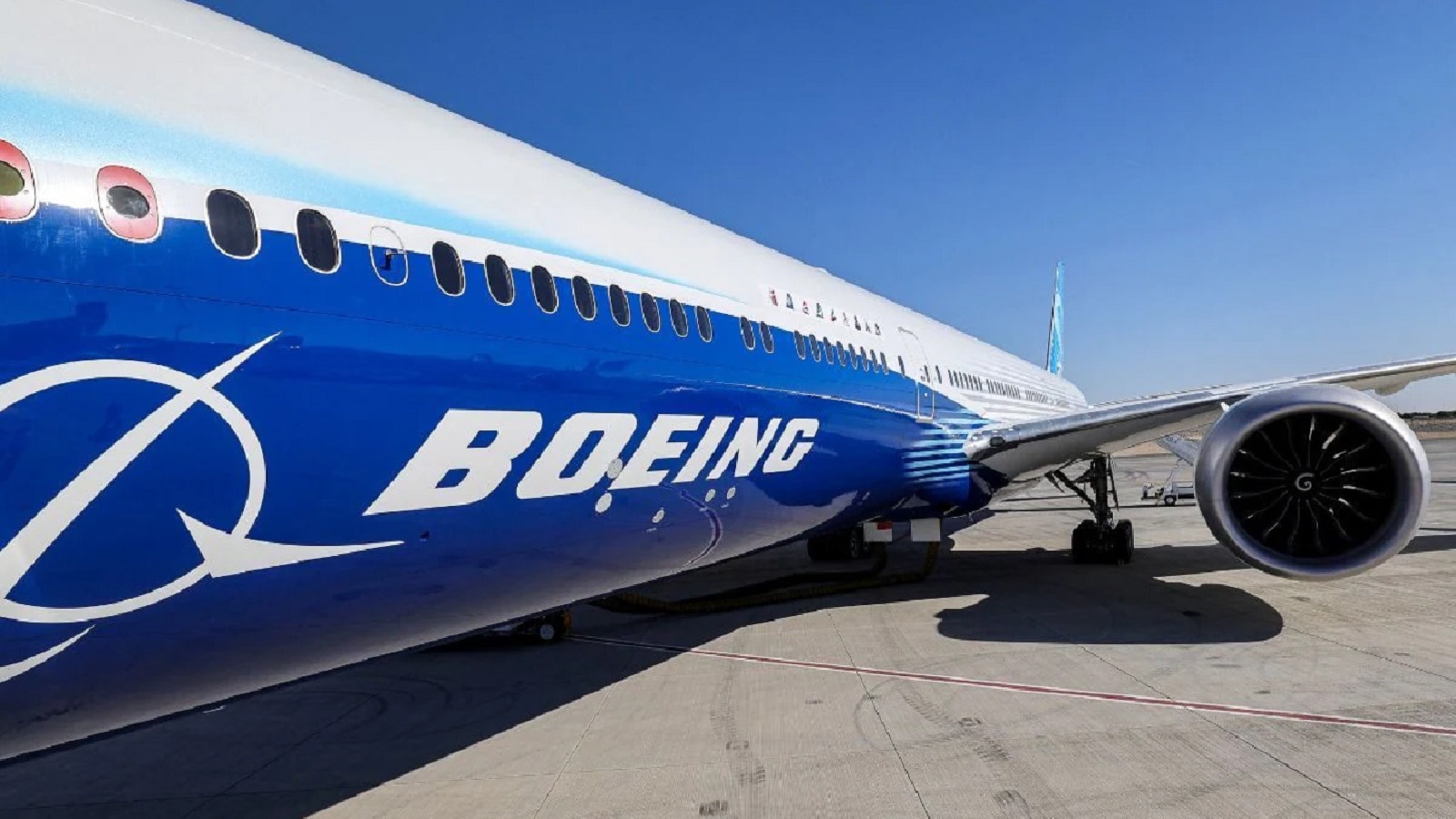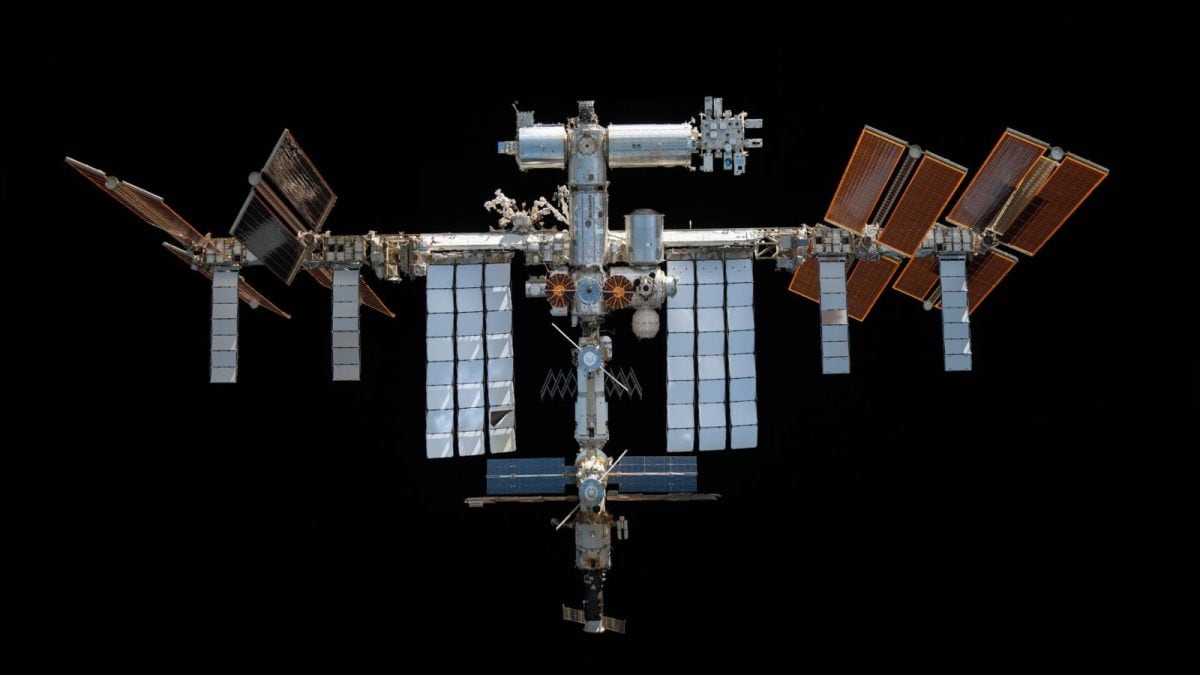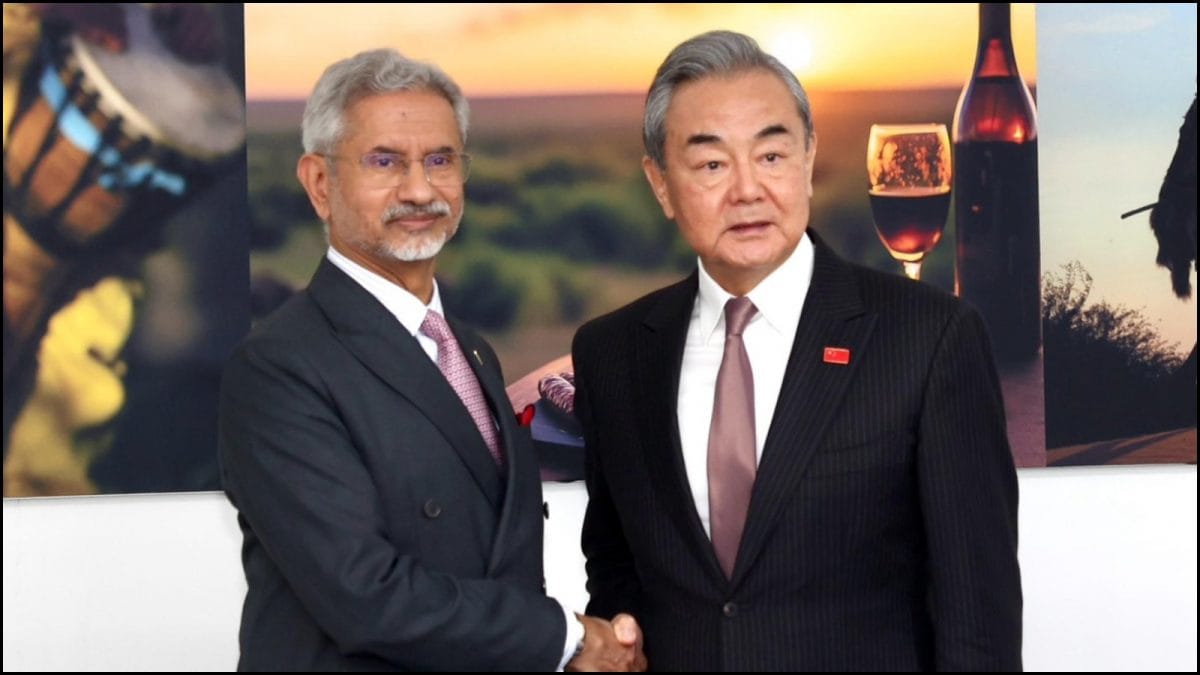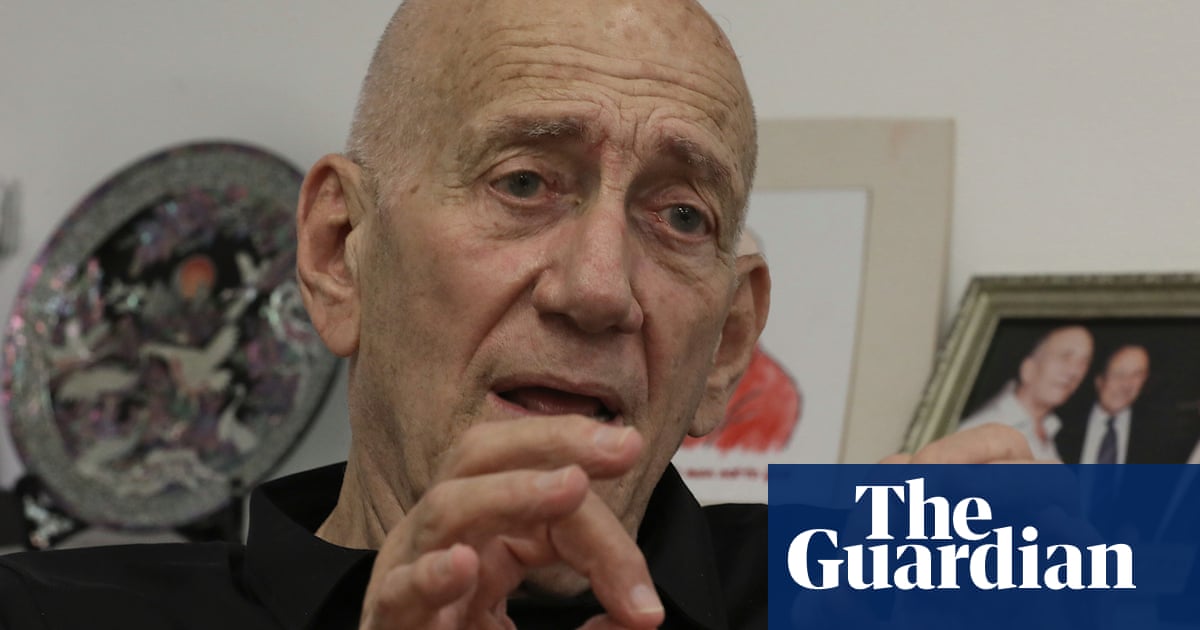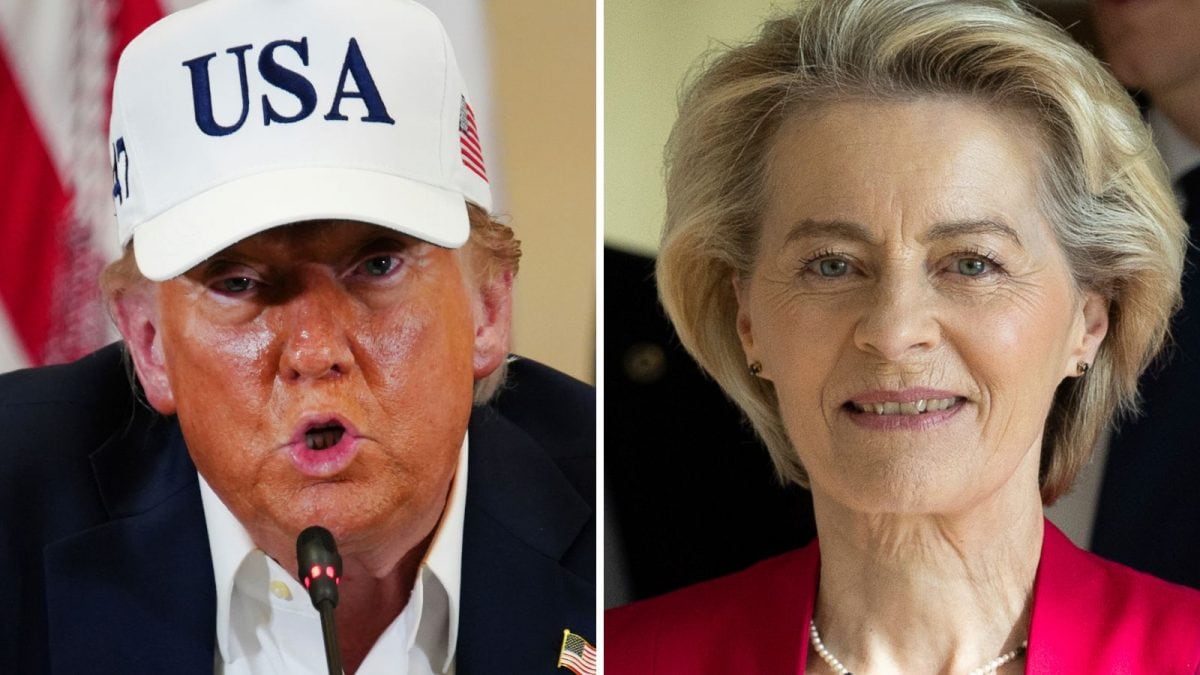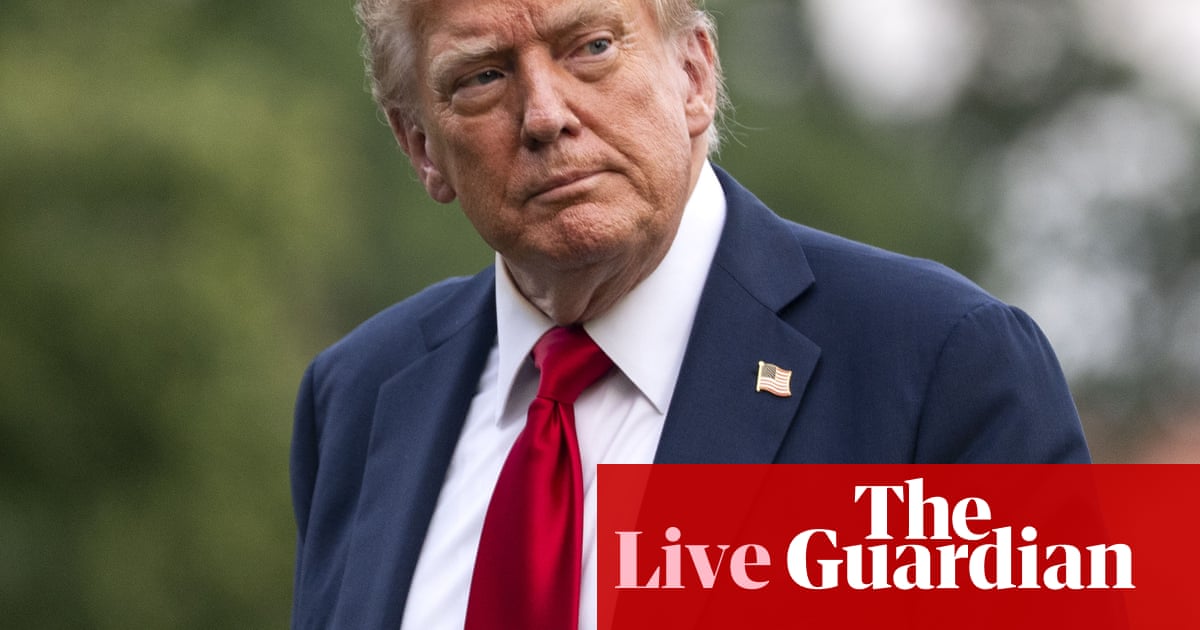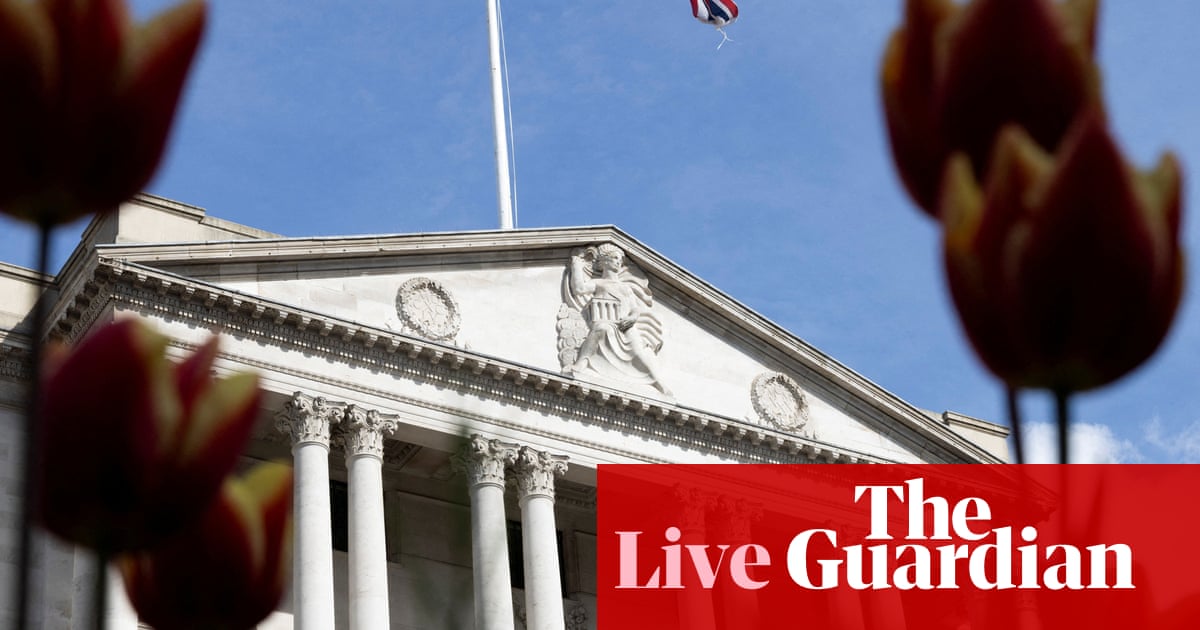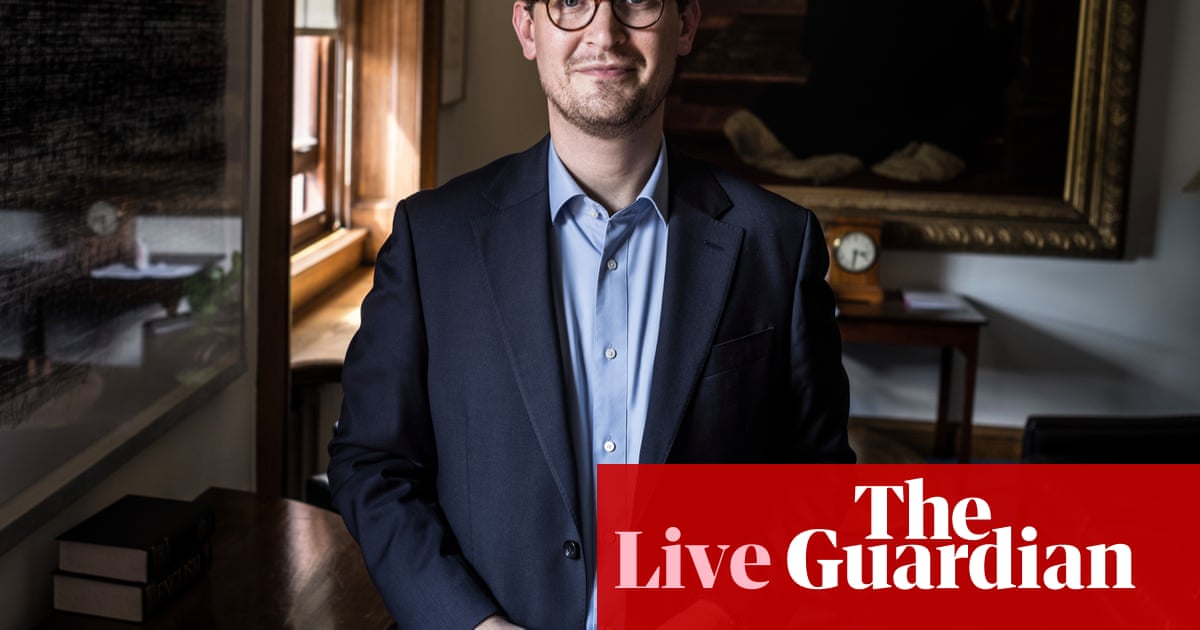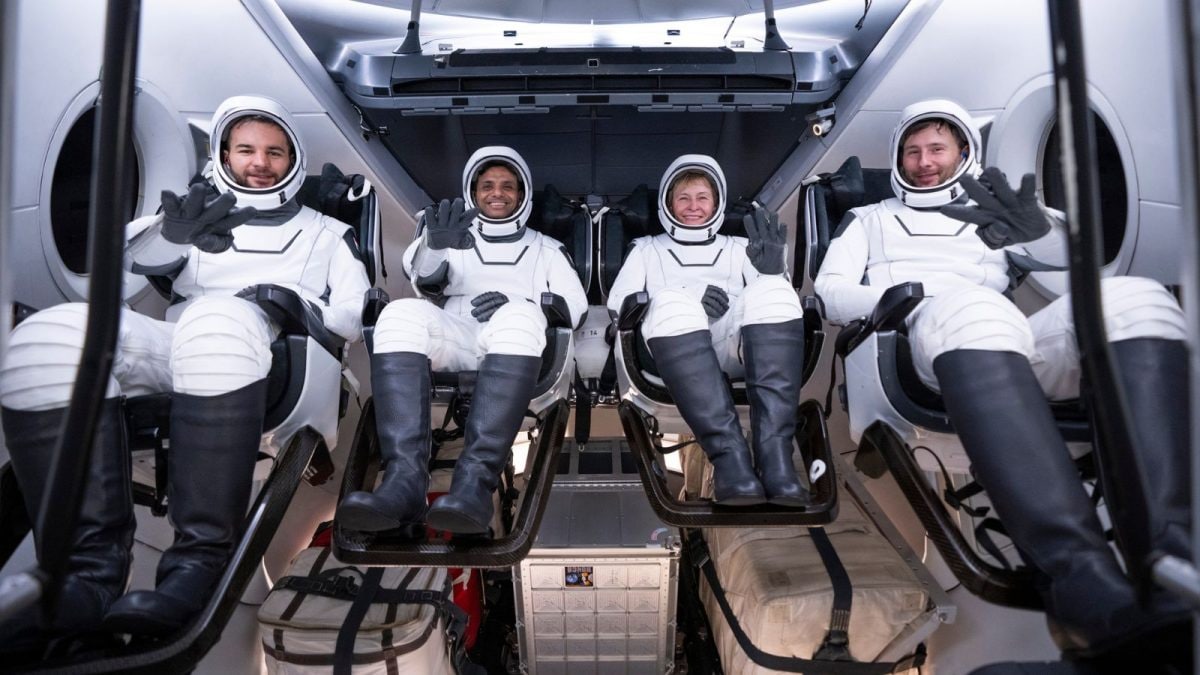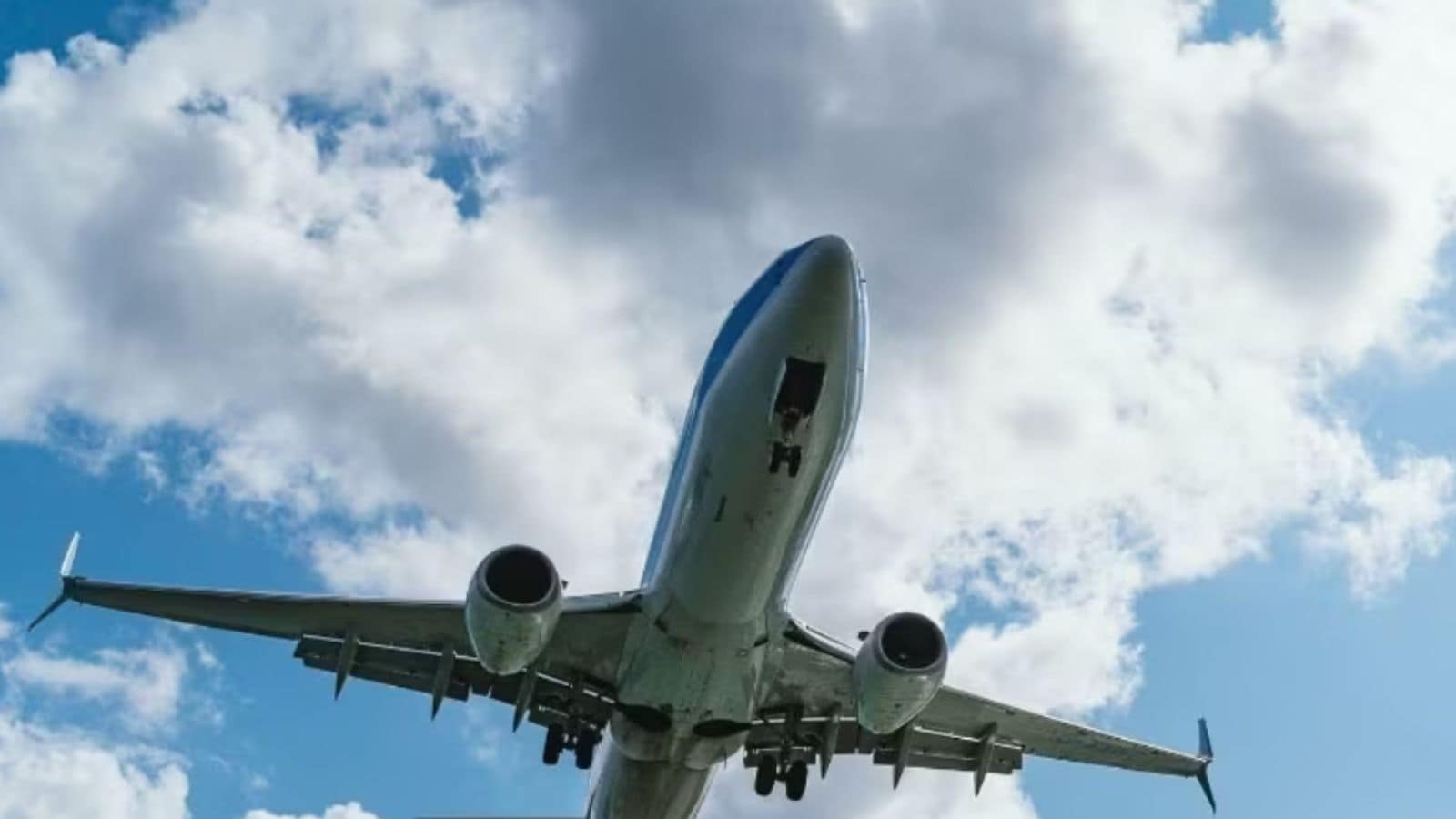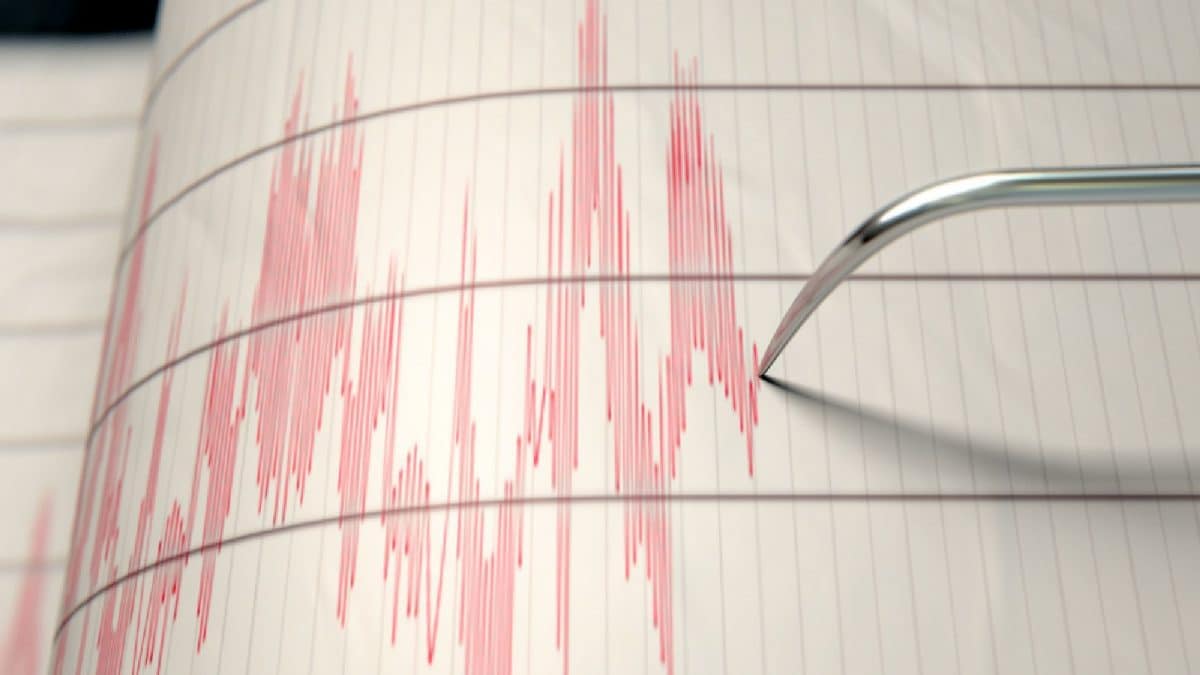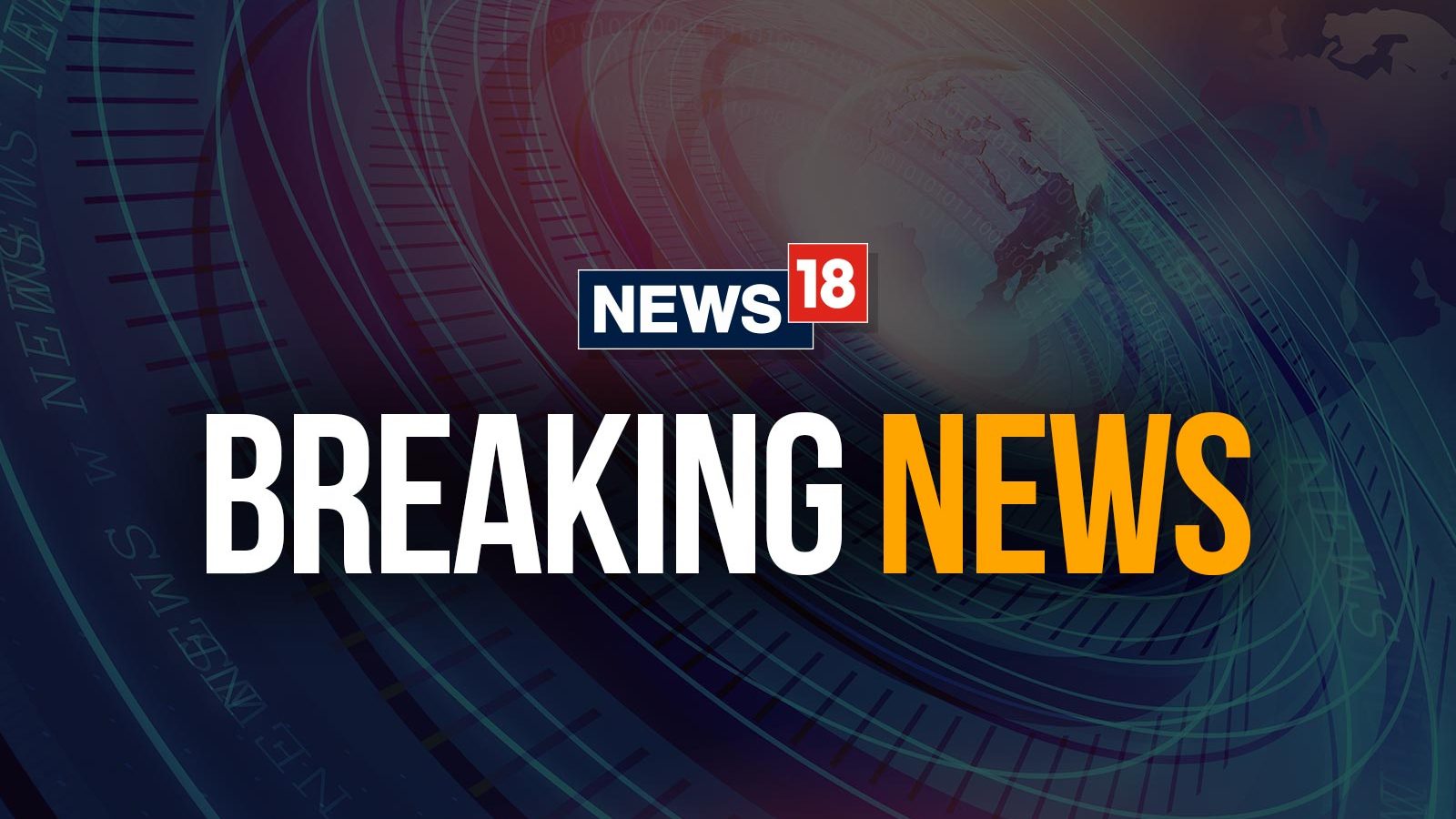Last Updated:July 14, 2025, 10:30 IST
From backchannel talks with Putin and pausing aid to Ukraine, to now arming Kyiv and backing sanctions on Moscow, Donald Trump’s year-long shift has left NATO allies recalibrating

Donald Trump’s policy shift on the Ukraine war marks a dramatic break from his earlier stance on Russia and President Putin.
In a dramatic reversal, US President Donald Trump, who once boasted of his close ties with Russian President Vladimir Putin and promised to end the Ukraine war within 24 hours of taking office, has now approved the delivery of Patriot missile systems to Kyiv and signalled support for harsh sanctions against Moscow. The reversal marks a sharp break from what critics long called the Trump–Putin “bromance" and has left observers in Washington, Brussels and beyond scrambling to understand what changed, and whether it signals a long-term strategic shift or short-term political repositioning.
Here’s a comprehensive, timeline-based breakdown of how Trump’s Ukraine policy evolved between 2024 and 2025, and what’s behind the sharp reversal.
What Was Trump’s Ukraine Stance During The 2024 Campaign?
Throughout his 2024 re-election campaign, Trump repeatedly criticised American military aid to Ukraine. At a rally in September, he told supporters that Ukrainian President Volodymyr Zelenskyy was “maybe the greatest salesman of any politician that’s ever lived," referring to how he had secured billions in funding from the West, and accused him of treating US taxpayers like an open chequebook. Trump’s messaging focused on ending the war “quickly" if elected, though he never detailed how, apart from suggesting he could “negotiate peace" by pressuring both sides.
He also hinted that aid to Ukraine would become conditional, linked to whether Kyiv agreed to a ceasefire. Speaking at rallies and interviews, Trump positioned himself as a deal-maker who would bring both Putin and Zelenskyy to the table, using America’s financial leverage as a bargaining chip.
What Happened After Trump Won The 2024 Election?
Trump’s outreach to Putin just days after his November 2024 electoral victory signalled what many observers saw as the beginning of a dramatic policy divergence. According to a Reuters report, Trump personally phoned the Russian President and urged him not to escalate military operations in Ukraine, even before assuming office. He also expressed interest in reviving stalled peace negotiations. The Kremlin initially denied the call, but follow-up reporting in multiple US outlets confirmed it had, in fact, taken place.
What raised eyebrows globally, and especially in Kyiv, was that Ukraine had not been informed in advance. This broke with diplomatic norms: a US president-elect typically avoids direct negotiations with foreign adversaries before inauguration, especially in active conflict zones. Ukrainian officials, blindsided by the call, privately described the outreach as “alarming," according to Washington Post sources, viewing it as a potential backchannel that could undermine their position in ongoing multilateral diplomacy.
This was the first visible sign that Trump’s second term would not follow the established playbook of NATO solidarity. Instead, it appeared he was trying to revive his personal rapport with Putin, possibly as a shortcut to brokering what he had promised on the campaign trail—a quick end to the war.
What Was Discussed At The December 2024 Paris Meeting?
In December, Trump met Zelenskyy and French President Emmanuel Macron at the reopening of Notre-Dame Cathedral in Paris. The meeting, while cordial, revealed clear fault lines. Zelenskyy reportedly urged Trump to commit to continued security assistance and warned that any push for premature peace without real security guarantees would embolden Moscow.
Trump, on his part, reiterated that he wanted the war to end quickly and was open to negotiations, but stopped short of promising sustained US support. He also floated the idea that if Putin didn’t cooperate, Russia could face harsh economic consequences, including new tariffs. However, these threats were still seen as rhetorical at the time.
What Changed After Trump Took Office In January 2025?
On February 12, Trump held a 90-minute phone call with Russian President Vladimir Putin, one he later described on Truth Social as “very productive," covering “ending the Ukraine War, energy, the dollar, and other big subjects."
Just six days later, Trump dispatched Senator Marco Rubio and Security Adviser Mike Waltz to Riyadh, Saudi Arabia, for closed-door talks with Russian Foreign Minister Sergey Lavrov. The mission, according to US officials, was to explore a possible ceasefire framework, without any direct Ukrainian or European participation.
Though no agreement was reached, the intent was clear: Trump believed he could bypass traditional NATO-led channels and personally broker a deal with Putin. This was the first concrete sign that his administration was pursuing a parallel diplomatic track, one that prioritised US–Russia negotiations over multilateral consensus.
The move triggered alarm in Washington and Kyiv. Many feared Trump’s eagerness to strike a deal could lead to compromises on Ukraine’s sovereignty or territorial demands.
Trump’s Clash With Zelenskyy In February
The turning point came on February 28, when Zelenskyy visited the White House, expecting a formal, ceremonial meeting. Instead, a tense showdown unfolded. Trump criticised Ukraine’s “lack of cooperation" in peace talks and raised a controversial proposal: that Ukraine share revenues from its mineral reserves, including critical raw materials used in defence and electronics, in exchange for continued US support.
At one point, Trump reportedly told Zelenskyy, “You’re not acting at all thankful… You’re gambling with World War Three." Zelenskyy pushed back firmly, saying, “I’m not playing cards… I’m the president in a war."
Zelenskyy refused the minerals-for-aid deal. Soon after, Trump publicly paused all US military and intelligence assistance to Ukraine, citing a need to “re-evaluate" America’s role in the conflict.
What Happened During The March Ceasefire Push?
On March 3, just days after the Oval Office clash, Trump followed through on his threat and formally suspended all US weapons shipments and cyber-intelligence support to Ukraine. He made the resumption of aid conditional on Kyiv agreeing to a ceasefire.
Ukraine, under pressure, agreed to a temporary 30-day ceasefire. US aid resumed on March 11. But the truce proved one-sided: Russian forces continued offensive operations in the Donbas and near Kharkiv, according to NATO briefings shared with Politico.
Meanwhile, Senate Republicans and Democrats, increasingly uneasy with Trump’s improvisational approach, began coalescing around an alternative strategy, one based on financial pressure through sanctions.
Senate Pushes Trump To Act As Allies Lose Patience
By April, frustration over Trump’s erratic Ukraine policy had reached Capitol Hill. A bipartisan group of senators introduced the Sanctioning Russia Act, a bill that sought to impose punishing tariffs, as high as 500 per cent, on any country continuing to buy Russian oil, gas, or nuclear fuel.
The proposal was designed to hit Moscow’s war chest by going after its biggest revenue stream: energy exports. But its reach extended far beyond Russia. Countries like India and China, both of which ramped up imports of discounted Russian crude since 2022, were directly in the crosshairs.
At first, the Trump administration stayed quiet. But as European allies like Poland and the UK began voicing concerns over the lack of clarity from Washington, the political cost of inaction mounted. Europe had already increased its financial and military aid to Ukraine, and many feared that if the US didn’t step up, it would deepen fractures within NATO.
Behind the scenes, several key Republican senators began urging Trump to endorse the bill, not only to regain international credibility but also to restore coherence to the US strategy. According to The Wall Street Journal, discussions within the White House intensified by mid-May, as advisers debated whether economic pressure might succeed where diplomacy had stalled.
Trump’s ‘Breakup’ With Putin
The public break came on July 8, 2025. During a Cabinet meeting, Trump delivered a notably blunt rebuke of Putin: “He’s very nice all the time, but it turns out to be meaningless… a lot of bullshit thrown at us." According to Reuters, this marked the first time Trump openly described Putin’s behaviour as dishonest and destabilising.
On July 13, Trump formally announced that the US would send Patriot air defence systems to Ukraine—sophisticated surface-to-air missiles designed to intercept incoming drones, cruise missiles, and ballistic threats. The announcement was striking not just for its content, but for its funding model: instead of direct US expenditure, the EU and NATO allies would reimburse Washington, allowing Trump to maintain his “America First" image while still resuming support for Ukraine.
But what truly marked the flip-flop was what followed. On July 14, Trump publicly endorsed the Senate’s Sanctioning Russia Act—a bipartisan bill that proposes tariffs of up to 500 per cent on countries importing Russian oil, gas, or nuclear fuel.
According to The Wall Street Journal, the endorsement took even Trump’s closest aides by surprise. After months of pursuing personal diplomacy with Putin—including backchannel talks and floated ceasefire deals—this sharp pivot toward military and economic pressure marked a complete reversal in tone and strategy.
For European allies, it offered momentary relief. For Moscow, it signalled that Trump’s second term might not be as predictable—or as friendly—as the Kremlin once expected.
Trump’s Ukraine Flip-Flop
From making campaign pledges to “end the war in 24 hours" and courting Putin with early diplomacy, to halting aid after clashing with Zelenskyy, and now delivering missiles while endorsing sanctions—Trump’s policy on Ukraine has zigzagged dramatically in just over a year. The U-turn raises more questions than answers: is this a strategic reset or just Trump playing to multiple audiences?
For now, Trump’s pivot has scrambled expectations on all sides, leaving allies guessing, adversaries watching, and the ground still shifting.

Karishma Jain, Chief Sub Editor at News18.com, writes and edits opinion pieces on a variety of subjects, including Indian politics and policy, culture and the arts, technology and social change. Follow her @kar...Read More
Karishma Jain, Chief Sub Editor at News18.com, writes and edits opinion pieces on a variety of subjects, including Indian politics and policy, culture and the arts, technology and social change. Follow her @kar...
Read More
News explainers Trump’s Ukraine U-Turn: How He Went From Courting Putin To Arming Kyiv
Disclaimer: Comments reflect users’ views, not News18’s. Please keep discussions respectful and constructive. Abusive, defamatory, or illegal comments will be removed. News18 may disable any comment at its discretion. By posting, you agree to our Terms of Use and Privacy Policy.

 6 hours ago
6 hours ago
